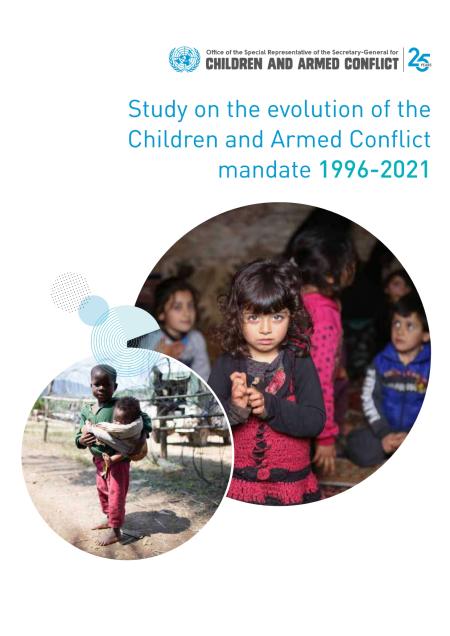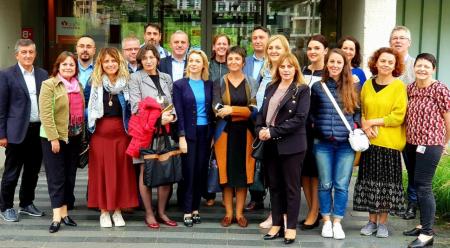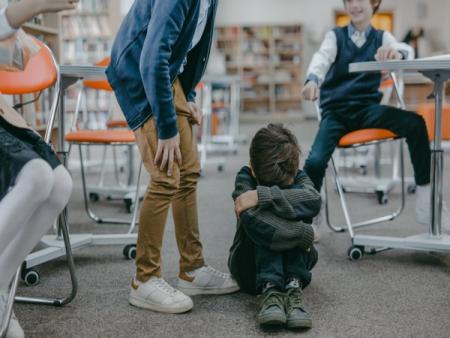
The purpose of this study was to examine whether the increased risk for developing a psychotic disorder among immigrants is related to their age at the time of migration.The study, conducted by investigators at Columbia University’s Mailman School of Public Health and the Parnassia Psychiatric Institute, The Hague, was published online in the December issue of the American Journal of Psychiatry. The research has found striking links between psychotic disorders such as schizophrenia and certain types of international immigration. Now for the first time, a major study has found that immigrating in early childhood appears to carry the highest risk. The study found that the younger the age at migration, the higher the risk of psychotic disorders. Those who immigrated when under the age of five had a twofold higher risk than those who immigrated at age 10-14 years, and a threefold higher risk than those who immigrated as adults. The study—the first to include data on age at migration—suggests that there may be an early window of vulnerability. Researchers allow that there are many possible reasons for the increased risk. The stress of minority ethnic status appears to contribute. The study found, for example, that second-generation immigrants have higher rates of psychotic disorders than native Dutch. Previous studies also suggest that the social changes associated with cultural and geographic dislocation may be an important factor. With respect to prevention, it might be useful to develop interventions aimed at social empowerment and identity development, reducing perceptions of social defeat, and coping with growing up as an ethnic minority.
























